Forget the Bad Batches: How to Make Genuinely Great Mulled Wine
You know, after more than two decades working in hospitality, from bustling city bars to cozy countryside inns, I can pinpoint the exact moment winter truly begins. It’s not the first frost or turning on the heat. It’s when the first person leans over the bar and asks for a mulled wine. That single request just changes the whole vibe. Before long, the entire room is wrapped in that unmistakable scent of warm red wine, cinnamon, and orange. It’s the smell of comfort, pure and simple.
In this article
I’ve probably served thousands of glasses of the stuff over the years. I’ve seen recipes on stained notecards and I’ve watched chefs try to get fancy with bizarre, unnecessary additions. And through it all, I’ve learned what works and, maybe more importantly, what absolutely doesn’t. The secret to amazing mulled wine isn’t some mythical ingredient. It’s all about nailing the fundamentals: the right wine, the right spices, and the right technique. Think of it as a craft, not a science experiment.
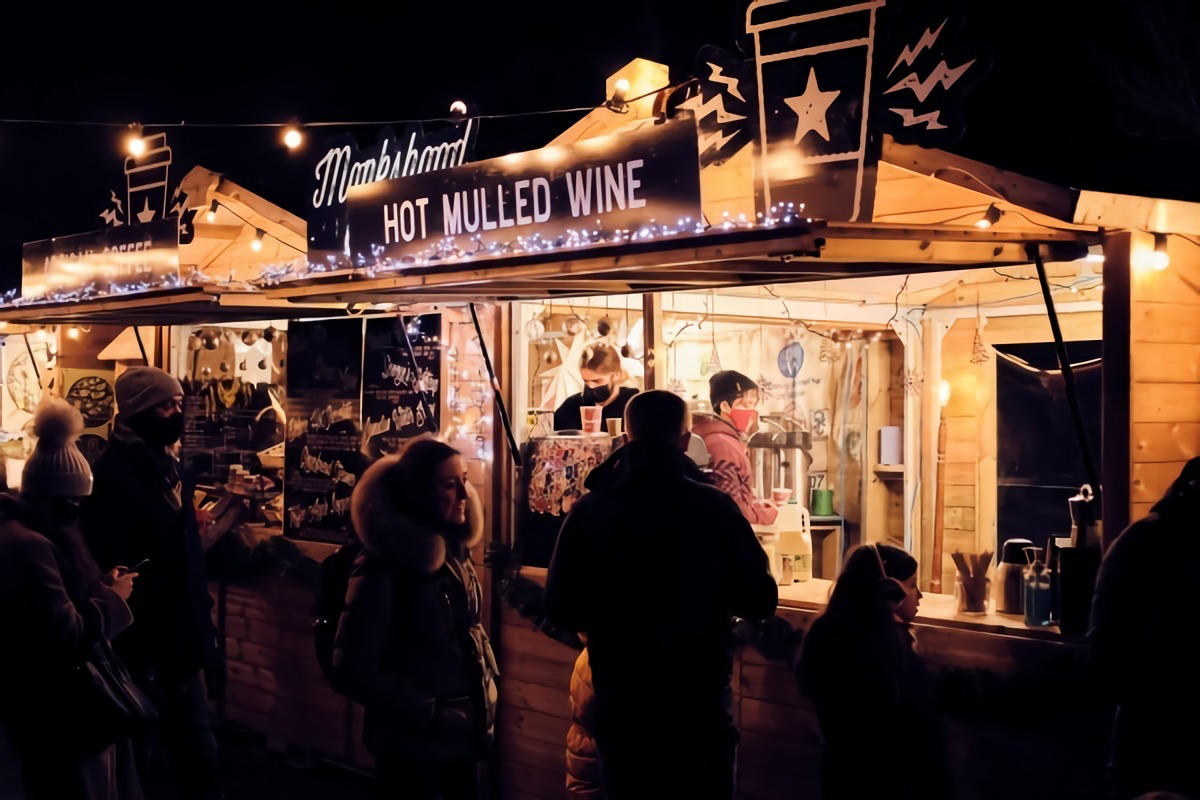
Oh, and before we dive in, let’s get one thing straight. Mulled wine is a traditional, warming alcoholic drink. It’s meant for pure enjoyment. You’ll see plenty of articles online trying to sell you on its health benefits, but honestly, that’s a bit of a stretch. We’re heating wine with sugar and spices—it’s not a health tonic. You drink it for the joy and warmth it brings, not as some kind of medicine. Okay, glad we got that out of the way. Let’s make a truly exceptional batch.
First Things First: Choosing Your Wine
Here’s where most people go wrong right out of the gate. They either grab the cheapest bottle they can find, figuring it doesn’t matter, or they go the other way and use a really nice, expensive wine. Both are mistakes. The wine is your canvas; it needs to be the right kind of canvas.
You’re looking for a red wine that is fruity, low in tannins, and unoaked. Let’s break that down.
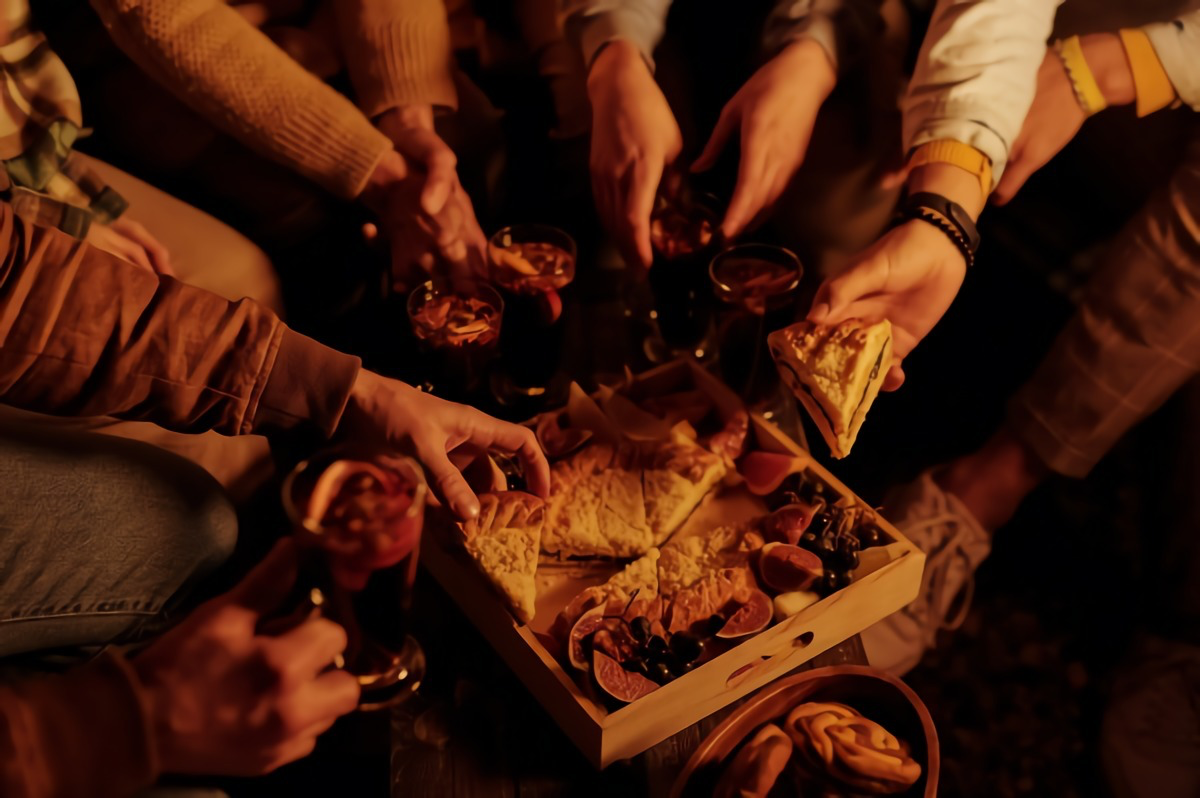
- Fruity and Jammy: You need a wine with a bold fruit flavor—think dark cherry, plum, or blackberry. These flavors are strong enough to stand up to the spices without getting lost. Earthy or savory wines just end up tasting muddy and strange once they’re heated.
- Low Tannins (This is critical!): Tannins are what give red wine that dry, sometimes chalky feeling in your mouth. When you heat a wine that’s high in tannins, they become super aggressive and bitter. It’s a one-way ticket to a bad batch. Trust me, I learned this the hard way in my first year running a pub. We used a cheap, harsh Cabernet Sauvignon and had to pour five gallons straight down the drain. An expensive lesson in basic wine chemistry.
- Unoaked: A lot of red wines get aged in oak barrels, which gives them those nice vanilla and cedar notes. Lovely in a glass, but when you heat them, those flavors become overpowering and can taste like boiled wood. Stick to unoaked wines to let the fruit and spices shine.
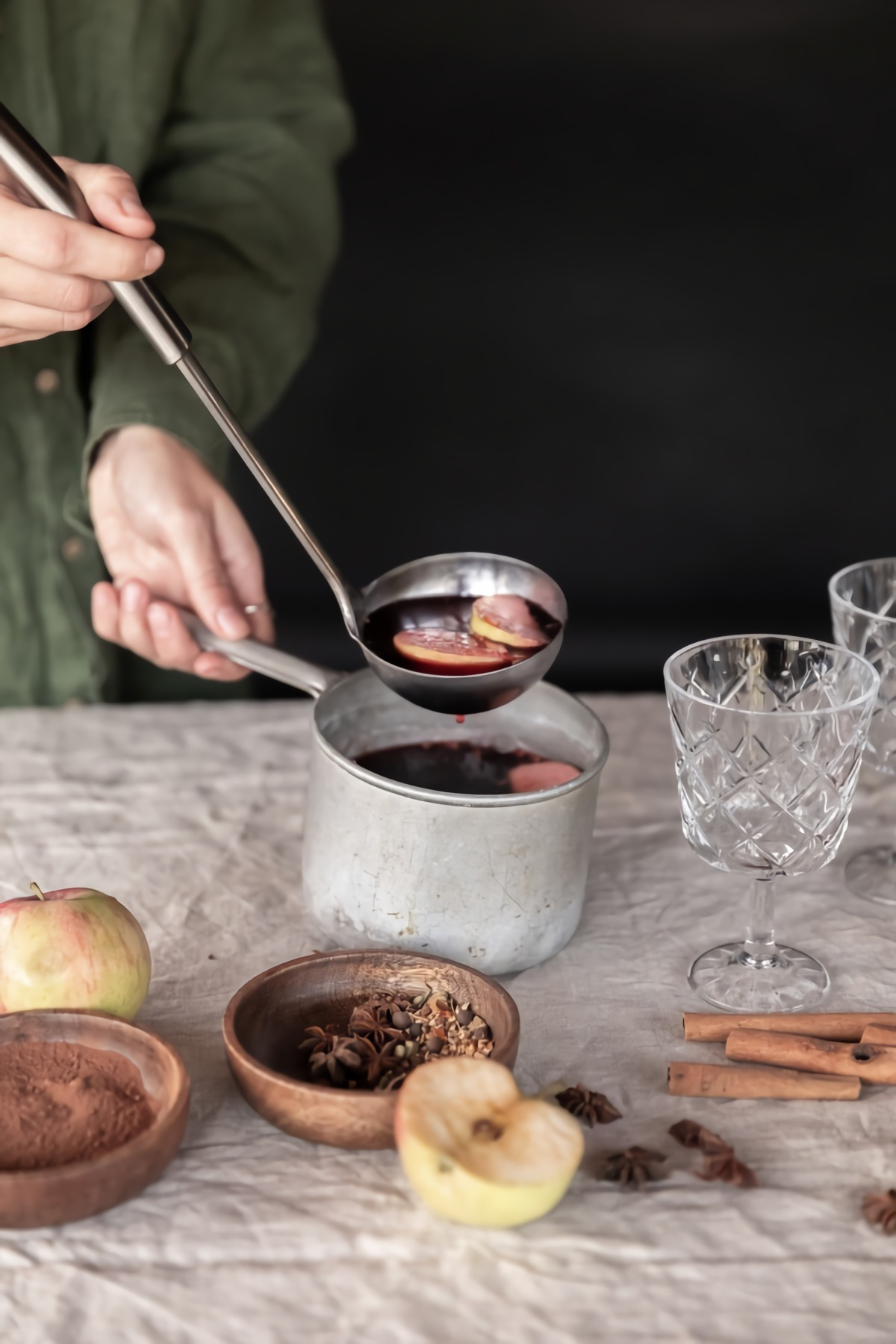
Good Bets for Your Base
You don’t need to break the bank. You’re looking for a decent, drinkable bottle that costs somewhere between $8 and $15. Here are my go-to choices:
- Merlot: My personal favorite. It’s almost always soft, plummy, and low in tannins. A perfect, plush background.
- Zinfandel (Red, not White!): A good Zinfandel is bursting with jammy fruit and is usually very smooth. It makes for a rich, flavorful mulled wine.
- Grenache (or Garnacha): Often full of bright red fruit flavors with a softness that works beautifully.
- Dornfelder: This German grape is a traditional choice for Glühwein for a reason. It’s naturally fruity and not too acidic.
Wines to Absolutely Avoid
Save yourself the trouble and steer clear of these:
- Cabernet Sauvignon & Shiraz/Syrah: Nearly always too high in tannins and peppery notes that clash with the spices.
- Malbec: Can be a gamble. Many are too tannic and become harsh when heated.
- Anything Expensive: Please, don’t use that $30 bottle of Barolo. The heat will obliterate all the delicate, complex flavors you paid for.
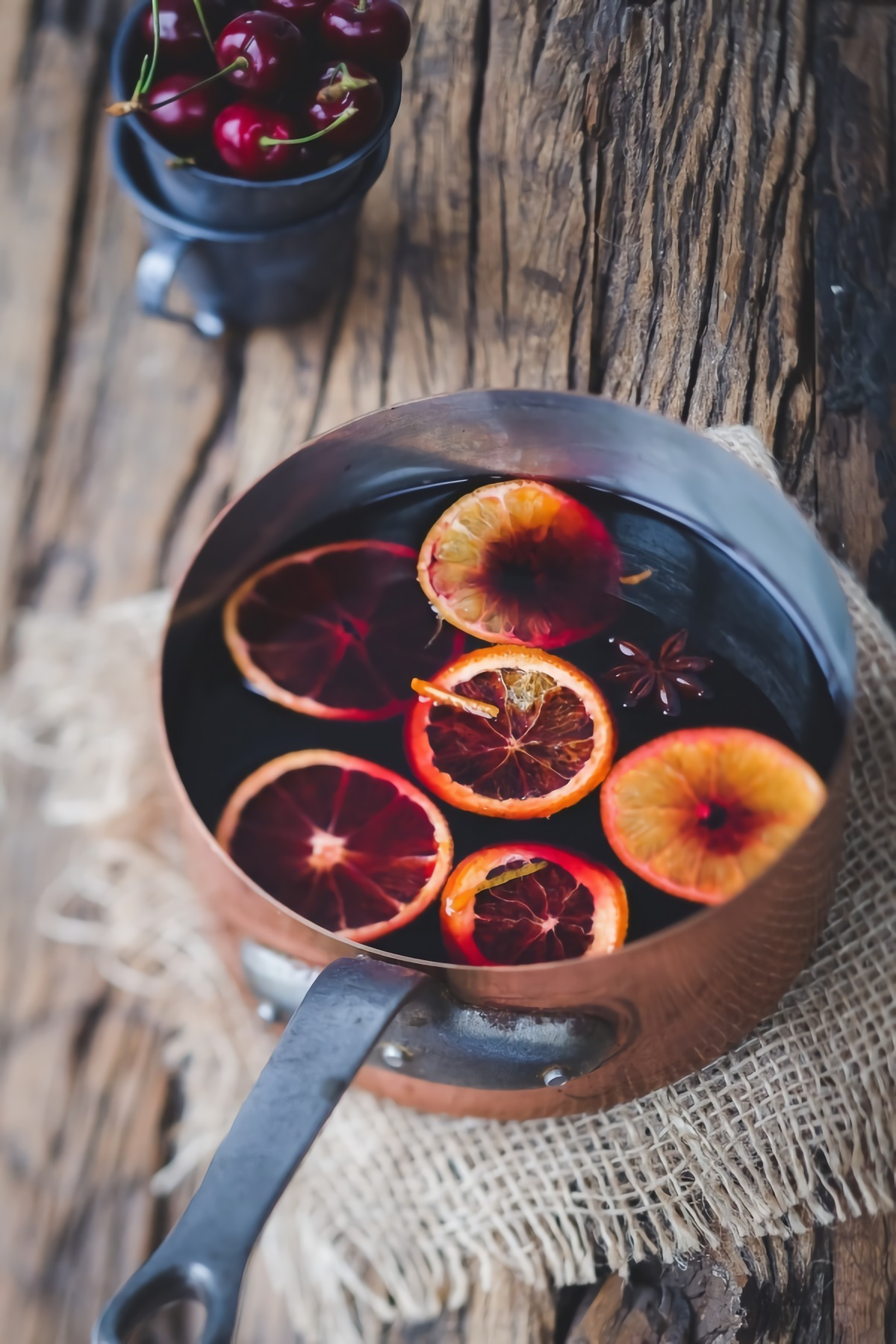
The Art of Spicing (Without Making Gritty Sludge)
The second biggest mistake is just dumping everything in a pot and boiling it. That’s a terrible idea. Boiling burns off the alcohol and makes the spices turn bitter. The pro-level move is to create a concentrated spice syrup first and then gently introduce it to the wine.
And whatever you do, use WHOLE spices. I can’t stress this enough. Ground spices will turn your beautiful wine into a cloudy, gritty mess. It’s just an awful texture. Whole spices give you a clean, clear flavor and are easy to strain out later.
Your Mulled Wine Shopping List
Before we get to the steps, here’s what you’ll need for one standard bottle of wine. It’s a great starting point.
- Red Wine: One 750ml bottle of something suitable, like a Merlot ($8-$15).
- An Orange: You’ll use both the peel and the juice.
- Sweetener: About 1/4 cup of demerara or light brown sugar works best for its caramel notes, but regular white sugar is fine.
- Whole Spices: You’ll want 2-3 cinnamon sticks, 8-10 whole cloves, and 2 whole star anise. A starter set of these from a grocery store might cost around $10-$12, but it will last you for many, many batches.
- Water: Just 1/4 cup.
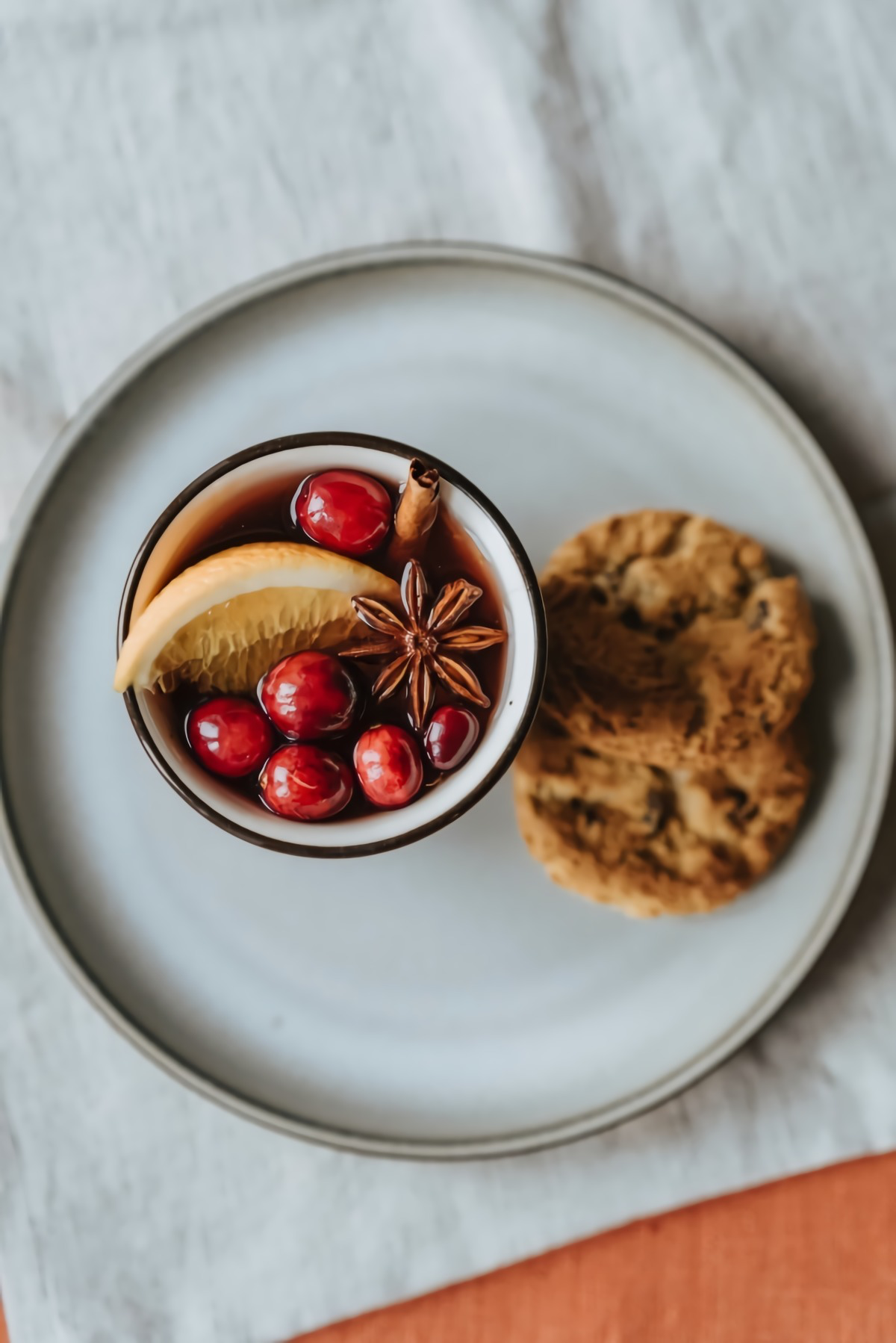
The No-Fail Infusion Method
This technique ensures your wine gets infused with flavor without ever getting “cooked.”
1. Make the Spiced Syrup: In a medium saucepan, combine the sugar, water, the juice of one orange, and a few wide strips of the orange peel (use a vegetable peeler to avoid the bitter white pith). Add all your whole spices: the cinnamon sticks, cloves, and star anise.
2. Simmer and Infuse: Bring this mixture to a gentle simmer over medium heat. Let it bubble away for about 15-20 minutes. The sugar will dissolve, the liquid will thicken into a syrup, and your kitchen will start to smell absolutely incredible. This is the magic happening—you’re extracting all the essential oils from the spices.
3. Introduce the Wine: Once the syrup is fragrant, turn the heat down to the absolute lowest setting. Seriously, as low as it can go. Now, pour the entire bottle of wine into the pot with the syrup.
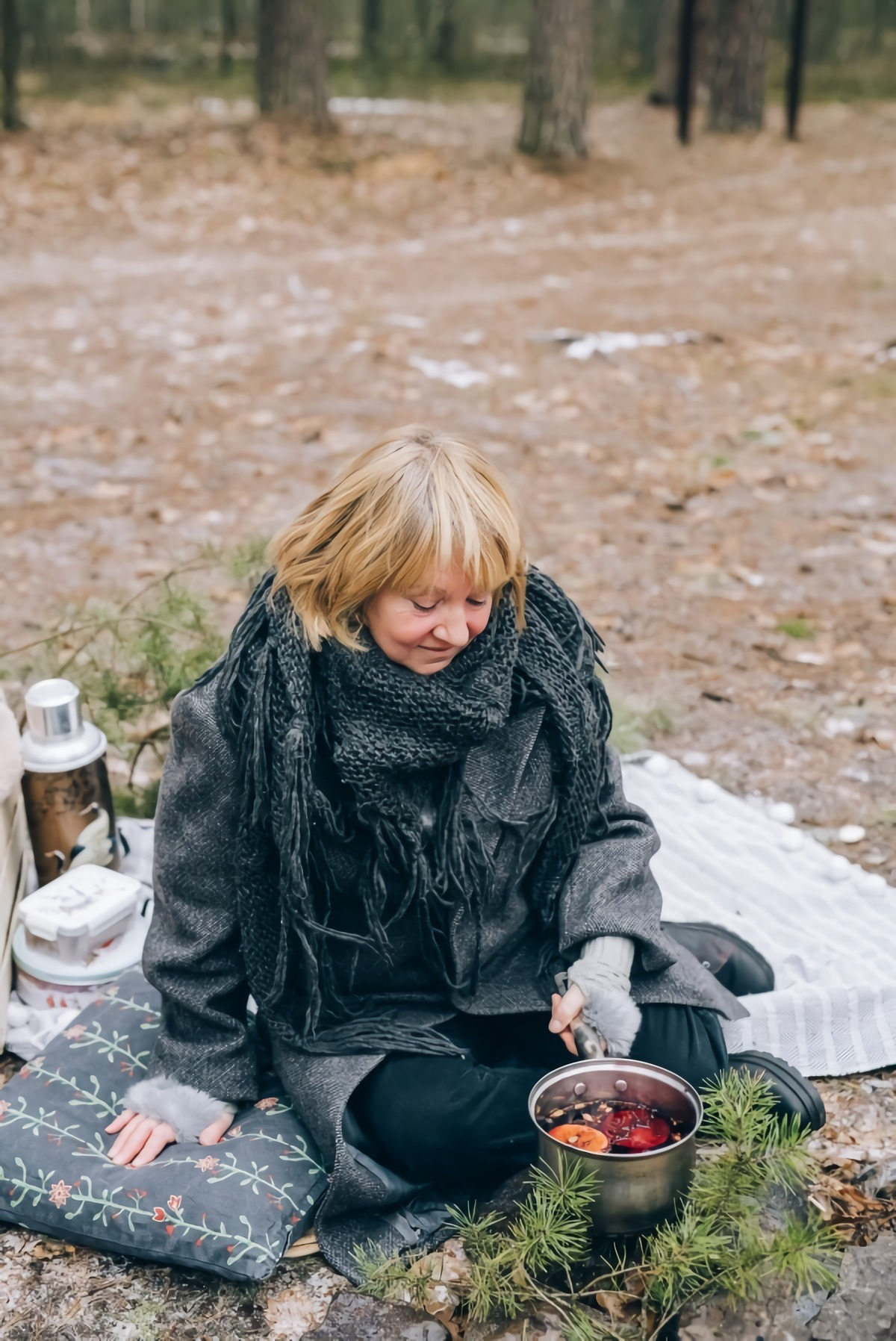
4. Gently Warm, Don’t Boil: Let the wine warm through for at least 15 minutes, though 30 is even better. You want it to get steaming hot, but never, ever let it simmer or boil. A good target is around 165°F (about 75°C). If you have an instant-read thermometer, it’s a handy tool here. This low, slow heat lets the flavors meld perfectly.
5. Taste and Serve: Give it a taste. Is it sweet enough for you? If not, add a bit more sugar (or even a drizzle of maple syrup) until it’s just right. When you’re ready to serve, pour the wine through a fine-mesh sieve to catch all the spices and peel. Serve in mugs or heatproof glasses with a fresh orange slice for garnish.
Beyond the Basics: Pro Tips for Parties & Leftovers
Okay, so you’ve mastered the one-bottle recipe. But what about when you have friends over? Or if you want to give it an extra kick?
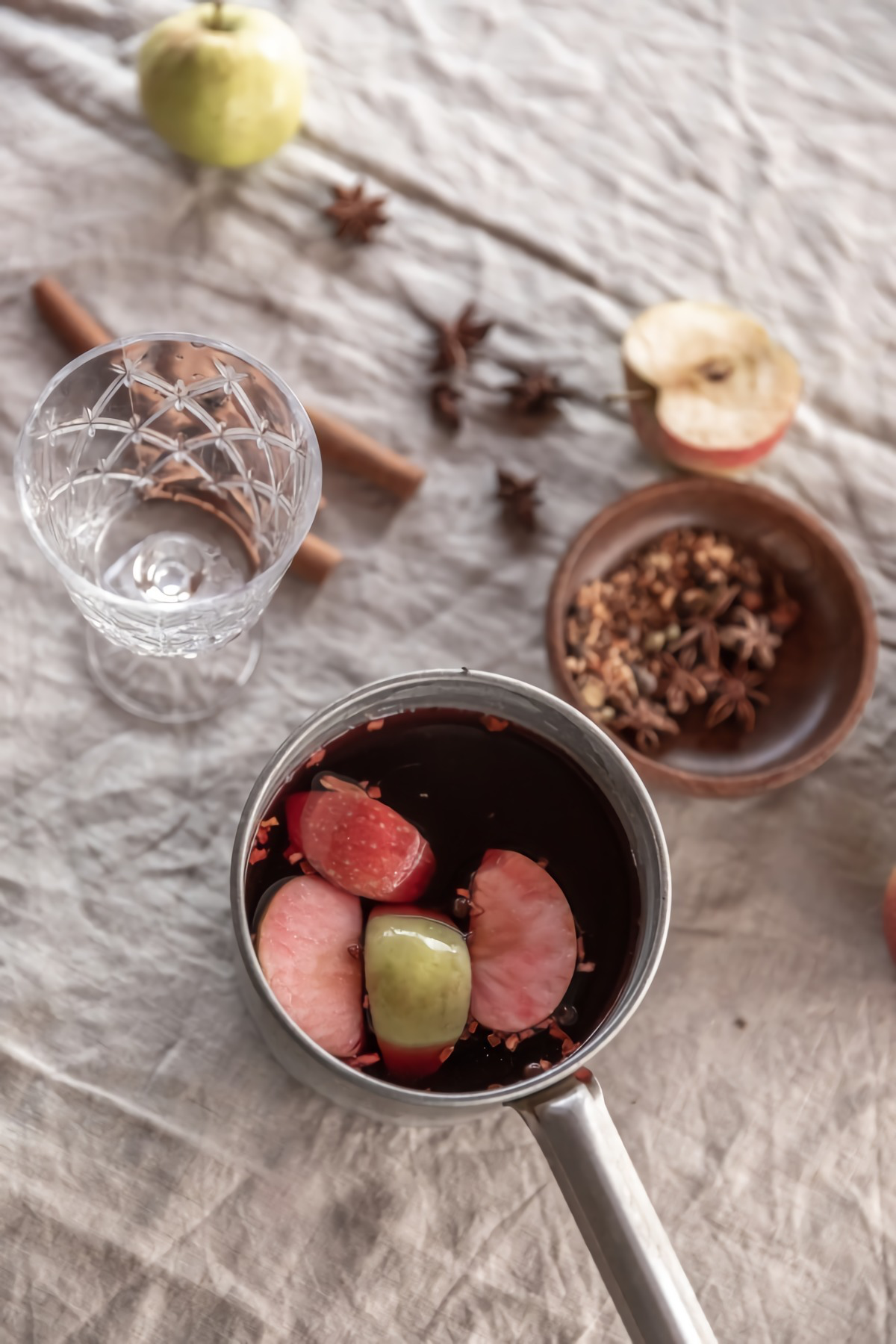
Making Mulled Wine for a Crowd
Making a big batch is easy. The key is to keep the ratios consistent. If you’re using four bottles of wine (about a gallon), you’ll need 1 cup of sugar, 1 cup of water, 8-10 cinnamon sticks, and so on. Just multiply everything.
Party Pro-Tip: The absolute best way to serve mulled wine at a party is to use a slow cooker. Once your mulled wine is heated through on the stove, carefully transfer it to a slow cooker set to the “Keep Warm” setting. This holds it at the perfect temperature for hours without boiling it. Set up a ladle and some mugs, and guests can help themselves all night.
What About Leftovers?
Got some left? Don’t pour it out! Let it cool completely, strain out the spices, and store it in a sealed bottle or jar in the fridge. It’ll keep perfectly for up to three days. To reheat, just warm it gently in a saucepan on the stove. Again, don’t let it boil!
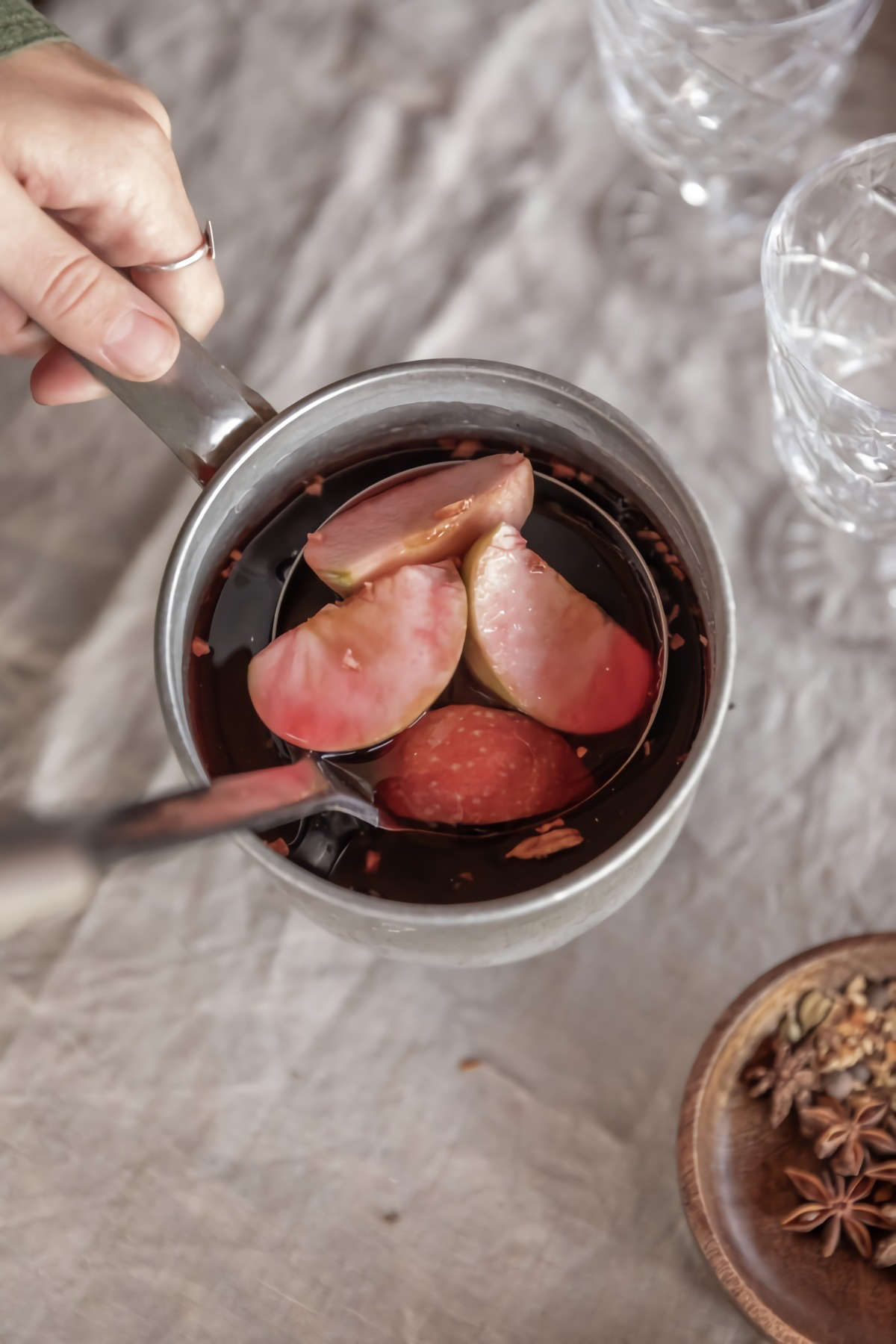
Troubleshooting Common Problems
- “Help, my mulled wine is way too sweet!” No problem. A fresh squeeze of lemon or lime juice will add acidity and balance it out perfectly.
- “Why does it taste bitter?” Ah, the classic mistake. You either boiled it, or you used a high-tannin wine like a Cabernet Sauvignon. Unfortunately, there’s no real way to fix a bitter batch. Chalk it up as a lesson and remember for next time: low and slow is the way to go!
Adding an Extra Kick (The Right Way)
In Germany, they often add a Schuss (a shot) of rum or brandy. The key is to add it at the end, not during cooking. Adding liquor too early just burns off the alcohol. For a fantastic fortified version, pour the mulled wine into individual mugs, and then add about 1 ounce of brandy, dark rum, or even an orange liqueur like Cointreau to each serving.
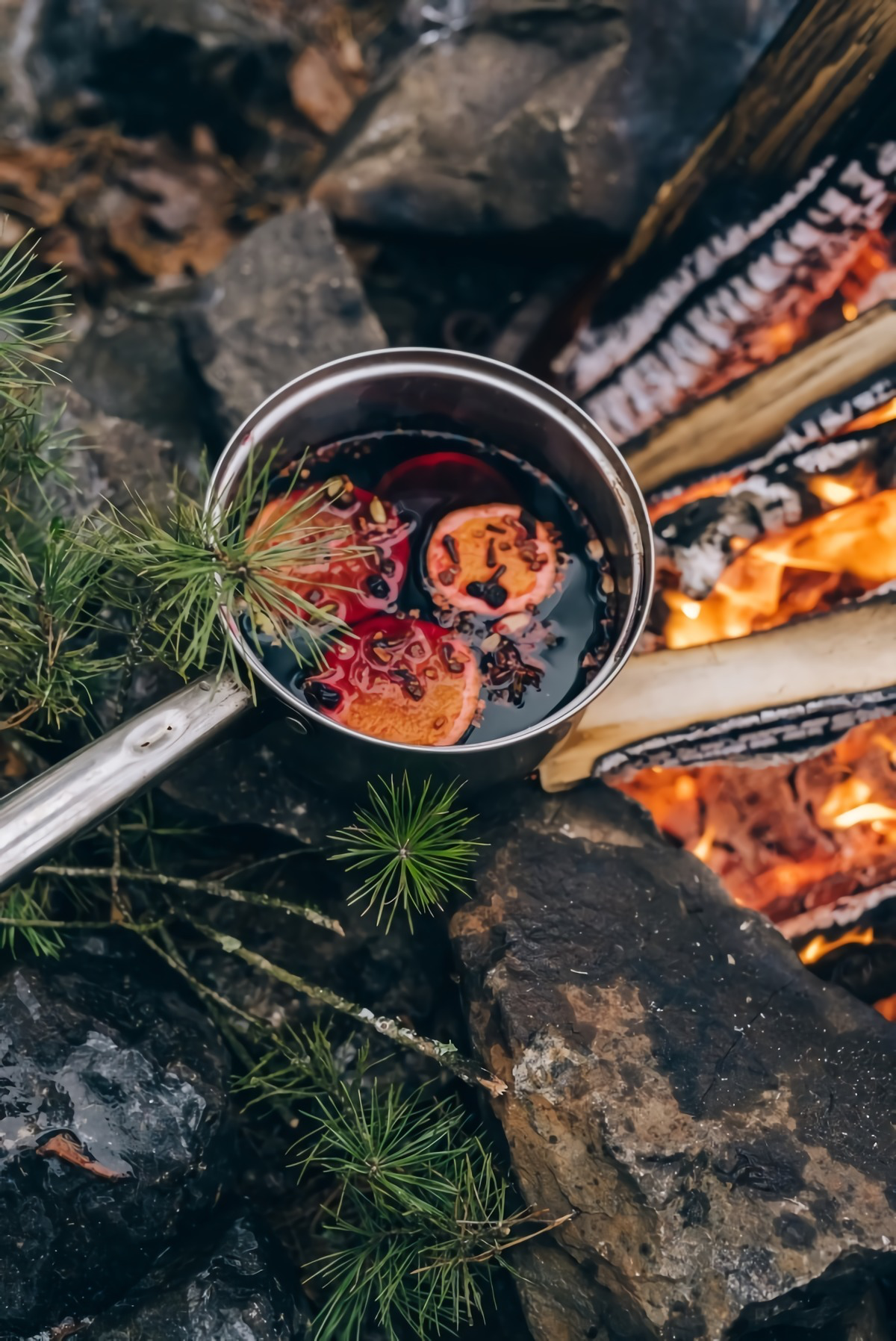
The Non-Alcoholic Version
Want a delicious alcohol-free option? Easy. Just swap the bottle of wine for 1 liter of high-quality, unfiltered apple cider. A 50/50 mix of cranberry and pomegranate juice also works wonderfully. Use the exact same spice infusion method. It’s a fantastic, festive drink for everyone to enjoy.
Inspiration:
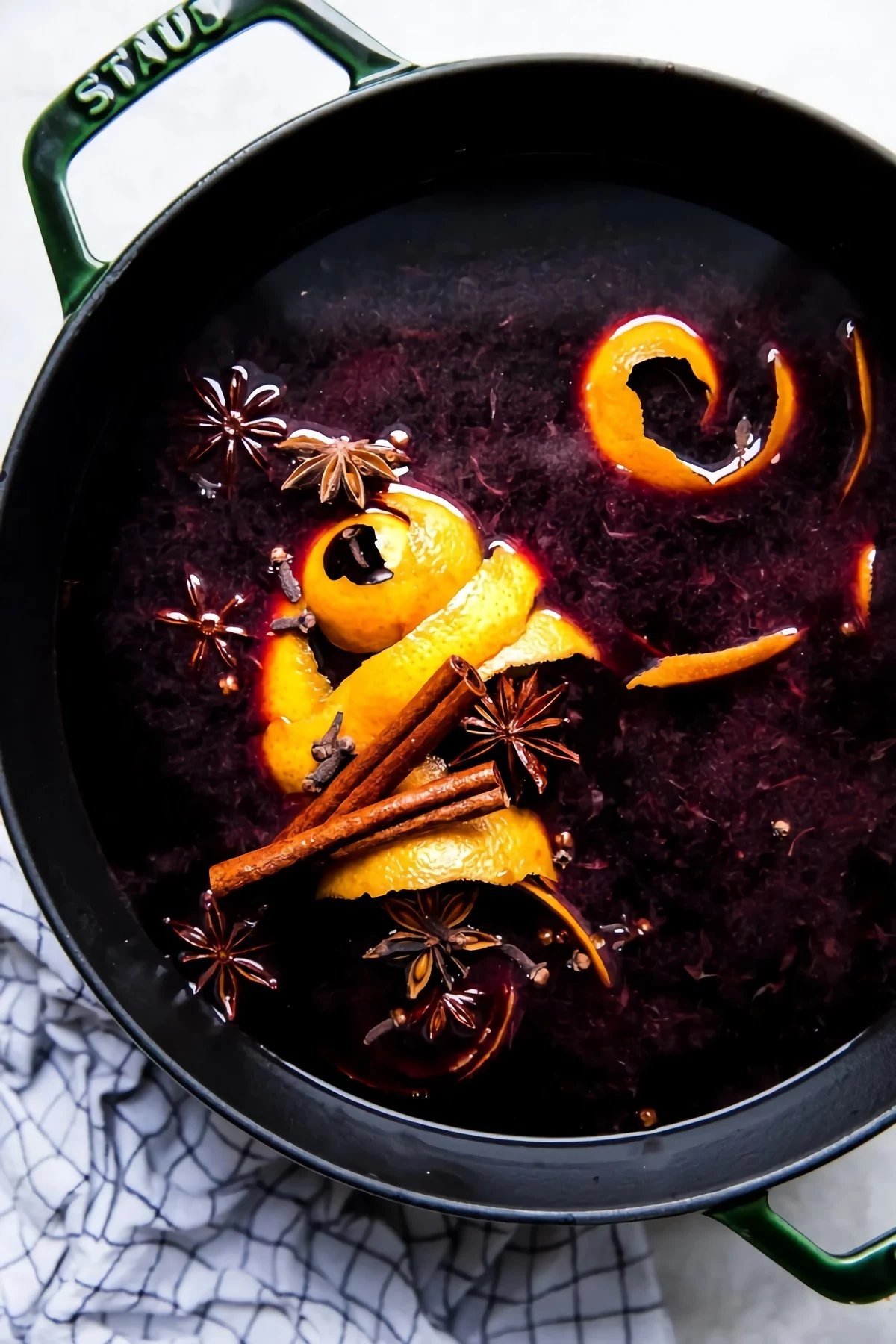
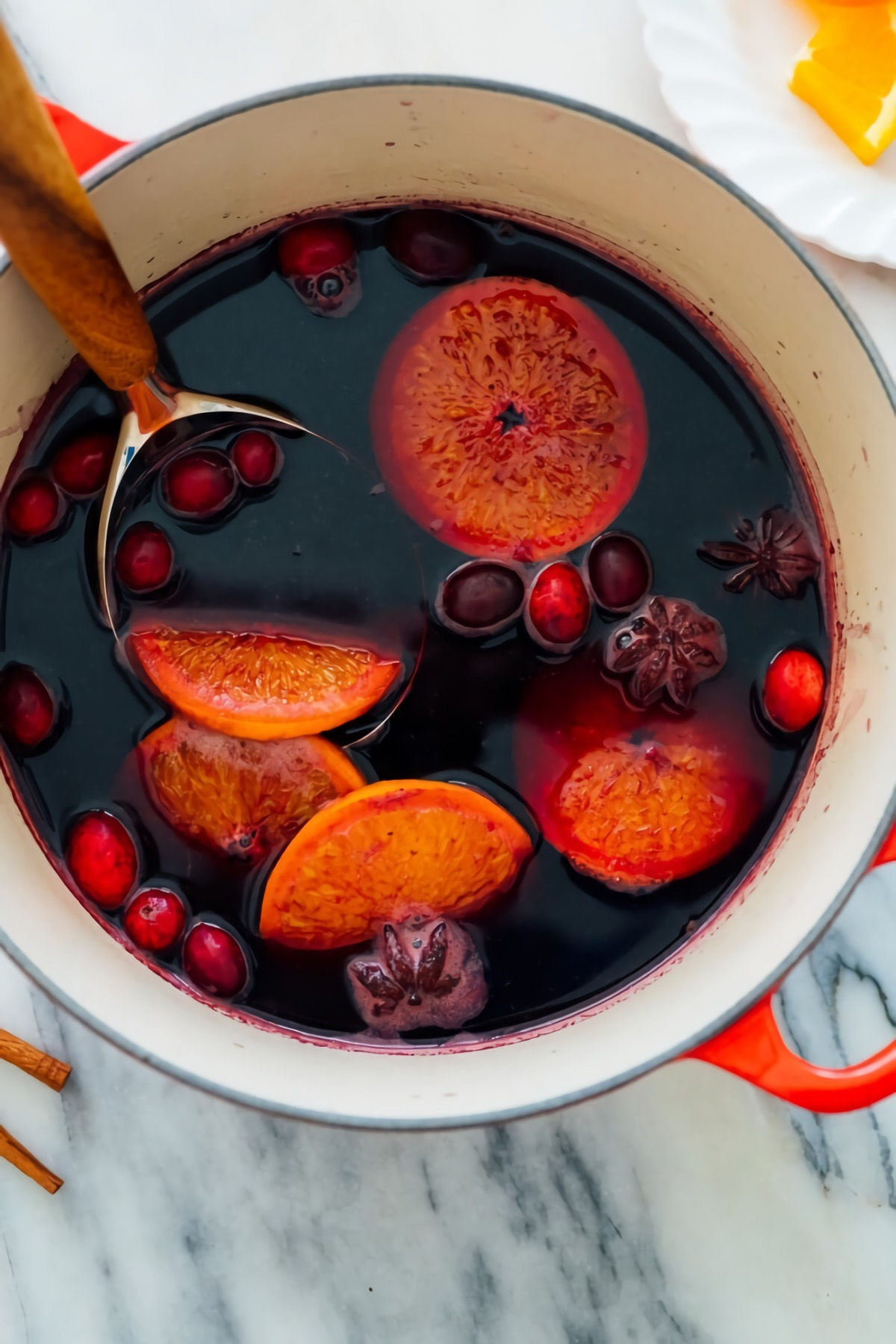
The number one mistake that ruins a batch of mulled wine? Using ground spices.
Powdered cinnamon or clove creates a cloudy, gritty texture that’s unpleasant to drink and can turn bitter when heated for too long. Always opt for whole spices. A few cinnamon sticks (Ceylon is more fragrant and less assertive than Cassia), whole cloves, and a star anise or two will infuse your wine with clear, pure flavor. Simply strain them out before serving for a perfectly smooth result.
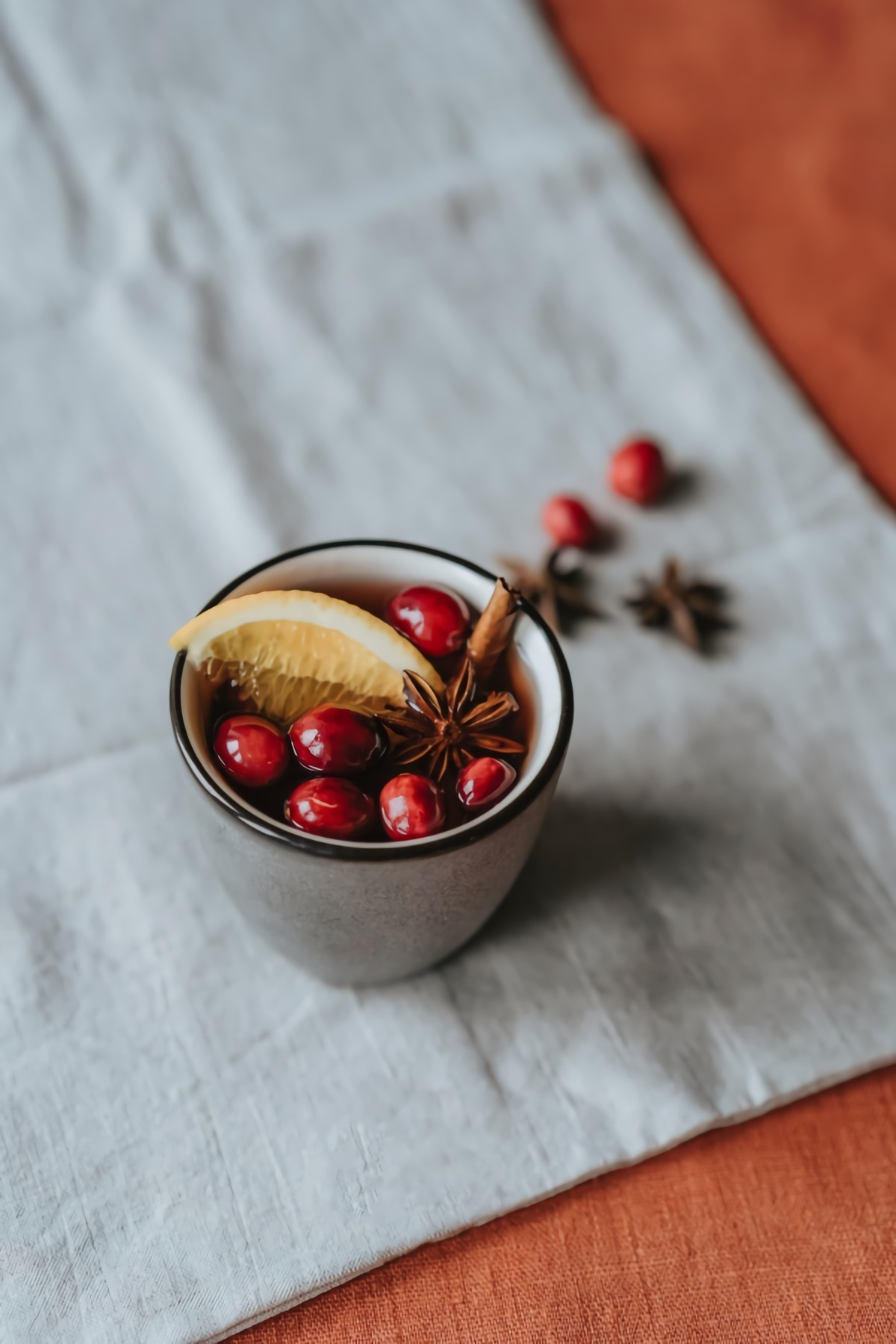
Want to add a little extra kick and complexity?
The secret of many memorable mulled wines isn’t just the wine; it’s the final splash of spirit. A small amount of brandy or Cognac (like a Rémy Martin VSOP) stirred in just before serving adds depth and warmth. For a brighter, citrus-forward profile, a dash of orange liqueur like Cointreau or Grand Marnier works wonders, amplifying the orange notes in your recipe.
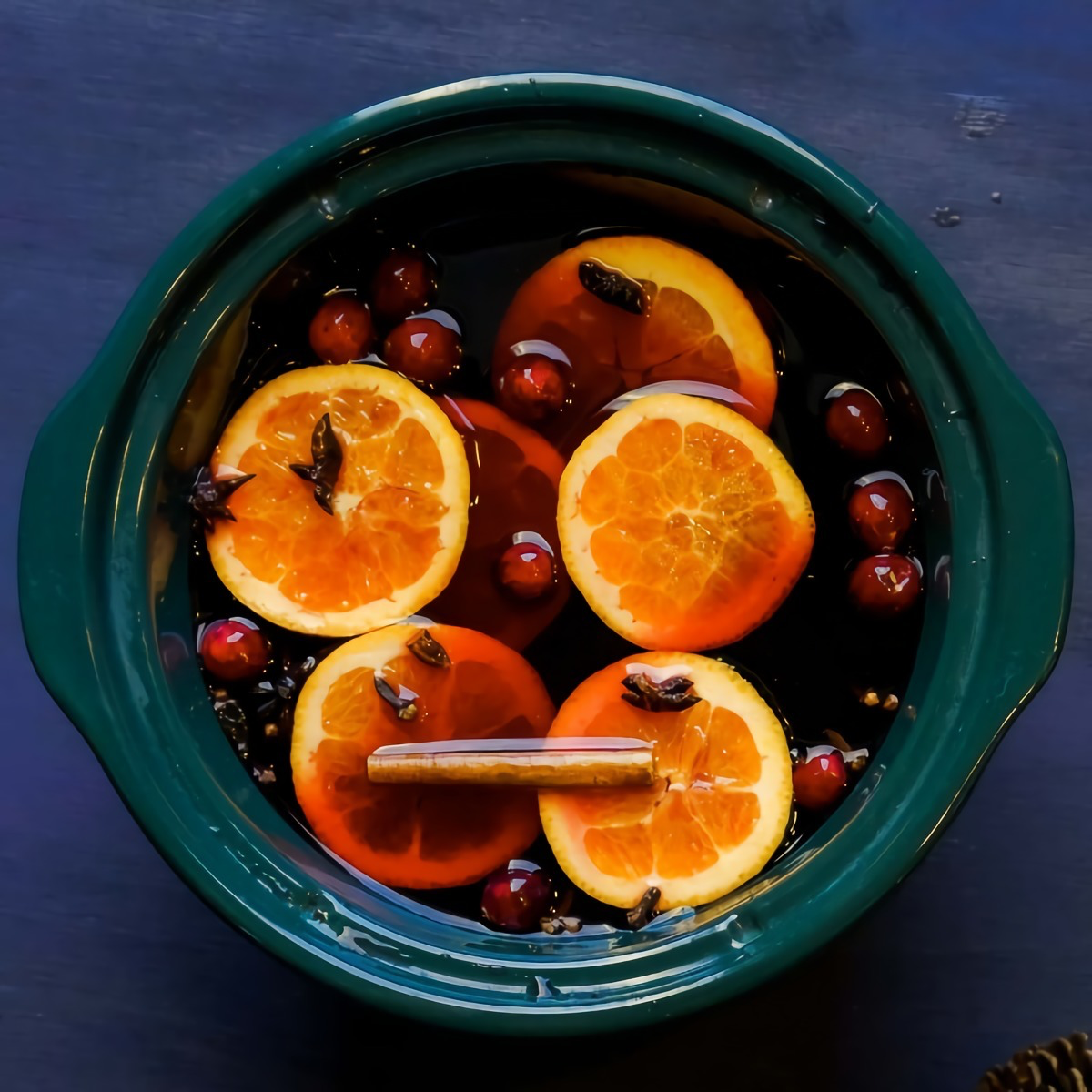
Classic Brown Sugar: The traditional choice for a reason. It dissolves beautifully and adds a subtle, deep molasses and caramel note that complements dark fruit wines like Merlot or Garnacha perfectly.
Maple Syrup: For a more rustic, slightly woody sweetness. Use a dark, robust grade for the best flavor. It pairs exceptionally well if you’re also adding a splash of bourbon or rye whiskey at the end.
Our advice? Start with brown sugar, but keep maple syrup in mind for a cozy, North American twist.
Don’t let your beautiful creation go unadorned. A simple garnish elevates the experience from a simple drink to a festive occasion.
- A fresh orange wheel, studded with a few whole cloves, hooked onto the rim of the glass.
- A single, perfect star anise floating on the surface for a beautiful, symmetrical look.
- A long cinnamon stick used as a fragrant stirrer.
- For a surprising aromatic twist, add a fresh sprig of rosemary.










